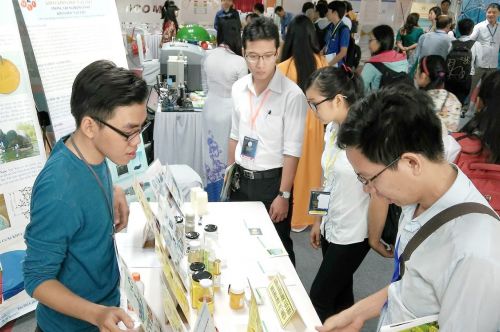Quang Ngai giving up on Guang Lian Steel-Dung Quat project
Licensed in September 2006, the project was initiated by Taiwanese steel giant Tycoons with a total investment of more than $556 million. The investor committed to completing the construction within 36 months.
E-United Group joined the project later by acquiring a 90 per cent stake. The two Taiwanese enterprises raised the registered investment amount to $3 billion in 2008 and then $4.5 billion in 2010, while simultaneously increasing the factory’s manufacturing capacity to seven million tonnes per year, five million tonnes higher than the initial capacity.
At the beginning of 2012, Japanese steelmaker JFE Group signed a memorandum of understanding with E-United Group to conduct a feasibility study on the project.
However, after two years of studies, the Japanese enterprise decided to withdraw from the steel project, leading to E-United Group’s proposal to reduce the investment amount to $2 billion. However, the local authorities refused the proposal due to their suspicion about the project’s feasibility.
In June 2015, the management board of Dung Quat Economic Zone asked Guang Lian Steel Viet Nam Co., Ltd. to prove its capability to continue implementing the steel project. The management warned the company to revoke its investment certificate unless the company proves its solid financial background before the end of June 2015.
The decision came after multiple delays in the investment process and the company’s failure to arrange the required capital.
As a result, in mid-2015, Tycoons out of the blue called a halt to the project due to difficulties in its finances and product consumption. Thus, the management board of Dung Quat Economic Zone proposed the prime minister to revoke the investment certificate.
In December 2015, the management board carried out an inspection of the project, while simultaneously requesting the investors to voluntarily liquidate the project’s assets.
In March 2016, the two investors submitted a document to the authority, committing to restarting the project with the total capital of $2.2 billion and an output of five million tonnes per year. The investors also committed to completing the construction within 42 months.
However, after numerous delays, the local authorities have grown distrustful of the investors as well as the very feasibility of the project.
Since its ground-breaking ceremony in 2007, the investors have put in about $42 million in constructing some work facilities, such as house blocks for workers, walls, and installing pile driving equipment.


